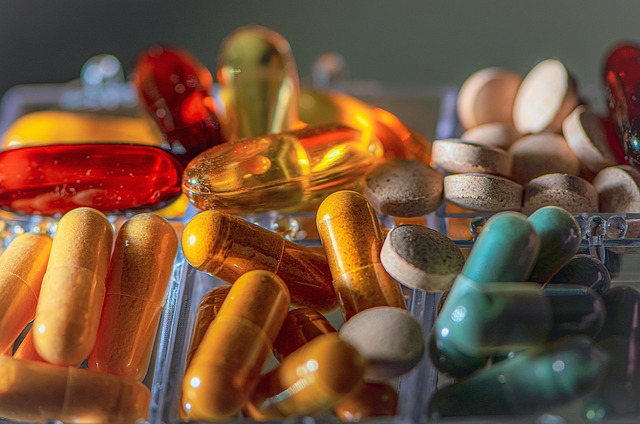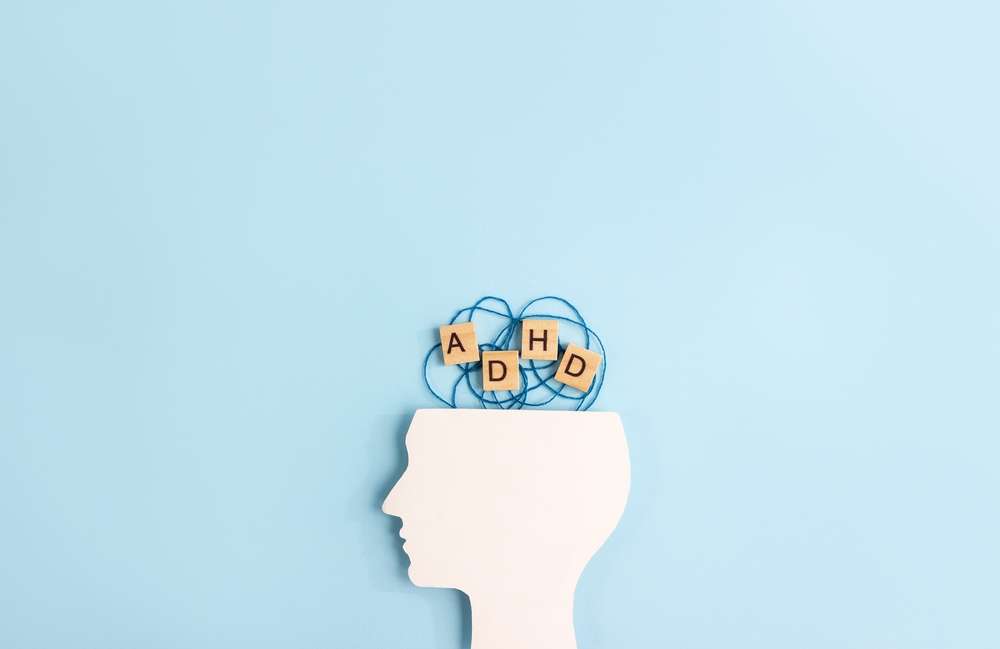Comprehensive Guide to Dry Eye Syndrome
Dry eye disease is a common condition that occurs when your tears aren't able to provide adequate lubrication for your eyes. Tears can be inadequate and unstable for many reasons. For example, dry eyes may occur if you don't produce enough tears or if you produce poor-quality tears. This tear instability leads to inflammation and damage of the eye's surface.

Dry eye syndrome is a multifaceted condition that occurs when your eyes don’t produce enough tears or when the tears evaporate too quickly. This leads to uncomfortable symptoms that can range from mild irritation to significant impact on daily activities and vision. While often chronic, various treatment approaches can help manage symptoms and improve eye health. This comprehensive guide explores the causes, symptoms, diagnosis, and treatment options for dry eye syndrome.
What is the major cause of dry eye syndrome?
Dry eye syndrome stems from multiple factors affecting tear production and quality. Age is a significant factor, with dry eyes becoming more common as people get older, particularly affecting those over 50 years of age. Hormonal changes, especially in women during menopause, pregnancy, or while using hormonal contraceptives, can reduce tear production.
Environmental factors play a substantial role as well. Exposure to wind, smoke, dry air, and high altitudes can increase tear evaporation. Extended screen time reduces blink frequency, preventing adequate tear distribution across the eye surface. Air conditioning, heating systems, and airplane cabins create low-humidity environments that exacerbate symptoms.
Certain medical conditions contribute to dry eye development, including rheumatoid arthritis, diabetes, thyroid disorders, lupus, and Sjögren’s syndrome—an immune system disorder characterized by dry eyes and mouth. Additionally, medications such as antihistamines, decongestants, antidepressants, birth control pills, and blood pressure medications can decrease tear production as a side effect.
Can dry eye syndrome be cured?
While dry eye syndrome is typically a chronic condition without a permanent cure, it can be effectively managed with appropriate treatment. The approach to management depends on the underlying cause and severity of symptoms. For many people, dry eye syndrome is a lifelong condition requiring ongoing care rather than a one-time treatment.
In cases where dry eye is caused by a specific medication or temporary environmental factor, addressing these triggers may resolve the condition. For instance, changing medications or modifying environmental factors might eliminate symptoms. However, when dry eye stems from age-related changes, autoimmune conditions, or permanent environmental exposures, the focus shifts to long-term symptom management rather than cure.
Advanced treatments like punctal plugs, intense pulsed light therapy, or LipiFlow thermal pulsation can provide significant relief for many patients, though they typically require maintenance treatments. The key to successful management is early intervention and consistent treatment, which can prevent worsening of symptoms and potential complications like corneal damage or infections.
How do you treat dry eyes?
Treatment for dry eyes follows a stepped approach, beginning with lifestyle modifications and over-the-counter options before progressing to prescription treatments and procedures. Lifestyle changes include taking regular breaks during screen time (following the 20-20-20 rule: every 20 minutes, look at something 20 feet away for 20 seconds), increasing humidity in living spaces, wearing wraparound sunglasses outdoors, and staying hydrated.
Over-the-counter artificial tears provide temporary relief and come in various formulations, including preservative-free options for frequent users. For moderate cases, prescription medications may be necessary. These include cyclosporine (Restasis, Cequa), lifitegrast (Xiidra), or corticosteroid eye drops for short-term inflammation control. Cholinergics like pilocarpine stimulate tear production in some patients.
For more severe cases, procedures offer longer-lasting relief. Punctal plugs block tear drainage channels to keep eyes more moist. LipiFlow thermal pulsation treats meibomian gland dysfunction by applying controlled heat to the eyelids. Intense pulsed light therapy reduces inflammation around the eyes, while in extreme cases, autologous serum drops made from the patient’s blood can provide relief when other treatments fail.
What is the best treatment for dry eyes?
The optimal treatment for dry eyes varies significantly between individuals, as it depends on the underlying cause, symptom severity, and patient response to different therapies. For mild cases, artificial tears and lifestyle modifications often provide sufficient relief. Preservative-free artificial tears are generally recommended for frequent use, as preservatives can irritate already sensitive eyes.
For moderate to severe cases, a combination approach typically yields the best results. This might include daily use of prescription medications like Restasis or Xiidra to reduce inflammation and increase tear production, alongside punctal plugs to retain moisture on the eye surface. For patients with significant meibomian gland dysfunction, treatments that address oil gland blockage—such as LipiFlow, intense pulsed light therapy, or manual gland expression—may be more effective than treatments focusing solely on aqueous tear deficiency.
Nutritional approaches also show promise for many patients. Omega-3 fatty acid supplements may improve tear film quality and reduce inflammation. Studies suggest that 1000-2000mg daily of omega-3s can improve symptoms in some patients, though results vary. The most effective treatment regimen is typically customized by an eye care professional after a thorough evaluation of the specific type and cause of dry eye.
Dry Eye Treatment Options and Costs
Dry eye treatments vary widely in cost, availability, and insurance coverage. Understanding the financial aspects can help patients make informed decisions about their care options.
| Treatment Option | Average Cost | Duration of Effect | Insurance Coverage |
|---|---|---|---|
| Artificial Tears | $5-$25 per bottle | Temporary (hours) | Rarely covered |
| Prescription Eye Drops (Restasis, Xiidra) | $500-$600 per month without insurance | Ongoing with continued use | Often partially covered |
| Punctal Plugs | $300-$600 per procedure | Semi-permanent to permanent | Usually covered |
| LipiFlow | $700-$1,500 per treatment | 6-12 months | Rarely covered |
| Intense Pulsed Light | $400-$800 per session, multiple sessions needed | 3-6 months | Rarely covered |
| Autologous Serum Drops | $200-$600 per batch | 2-3 months per batch | Rarely covered |
Prices, rates, or cost estimates mentioned in this article are based on the latest available information but may change over time. Independent research is advised before making financial decisions.
Prevention and Long-term Management
Preventing dry eye exacerbations requires a proactive approach to eye health. Regular breaks during prolonged screen time help maintain normal blinking patterns and tear distribution. Environmental modifications—such as using a humidifier, avoiding direct air flow from fans or heating vents, and positioning computer screens below eye level—can significantly reduce symptoms.
Proper contact lens hygiene and wearing schedule compliance are crucial for contact lens wearers. Many benefit from switching to daily disposable lenses or specialty lenses designed for dry eye. A balanced diet rich in omega-3 fatty acids from sources like fish, flaxseed, and walnuts supports tear film quality. Adequate hydration maintains overall moisture levels, including tear production.
Regular eye examinations allow for early detection and treatment of dry eye syndrome before it progresses to more severe stages. For chronic sufferers, working with an eye care professional to develop a personalized maintenance plan helps prevent flare-ups and maintains optimal eye comfort and health over time.
This article is for informational purposes only and should not be considered medical advice. Please consult a qualified healthcare professional for personalized guidance and treatment.




